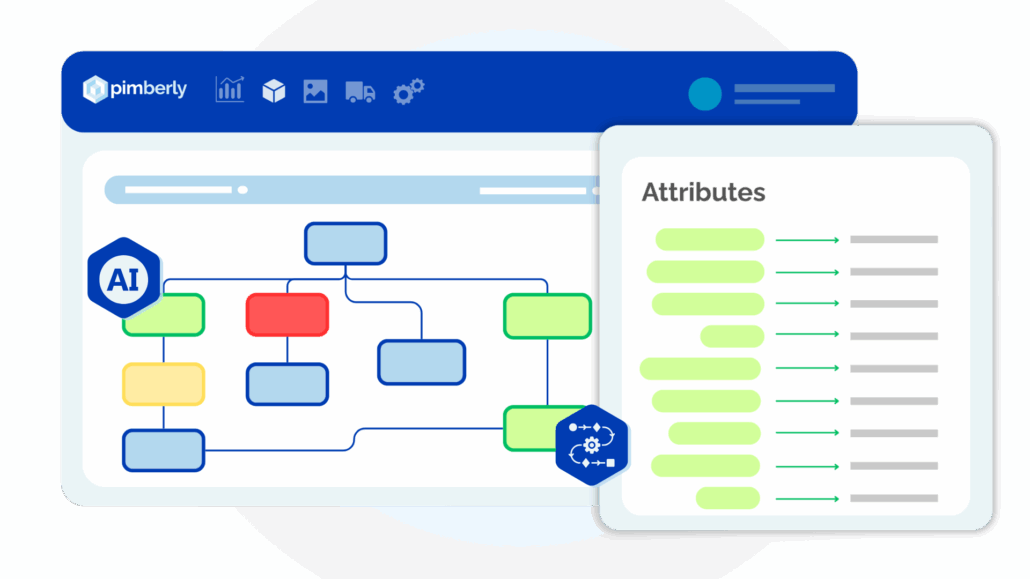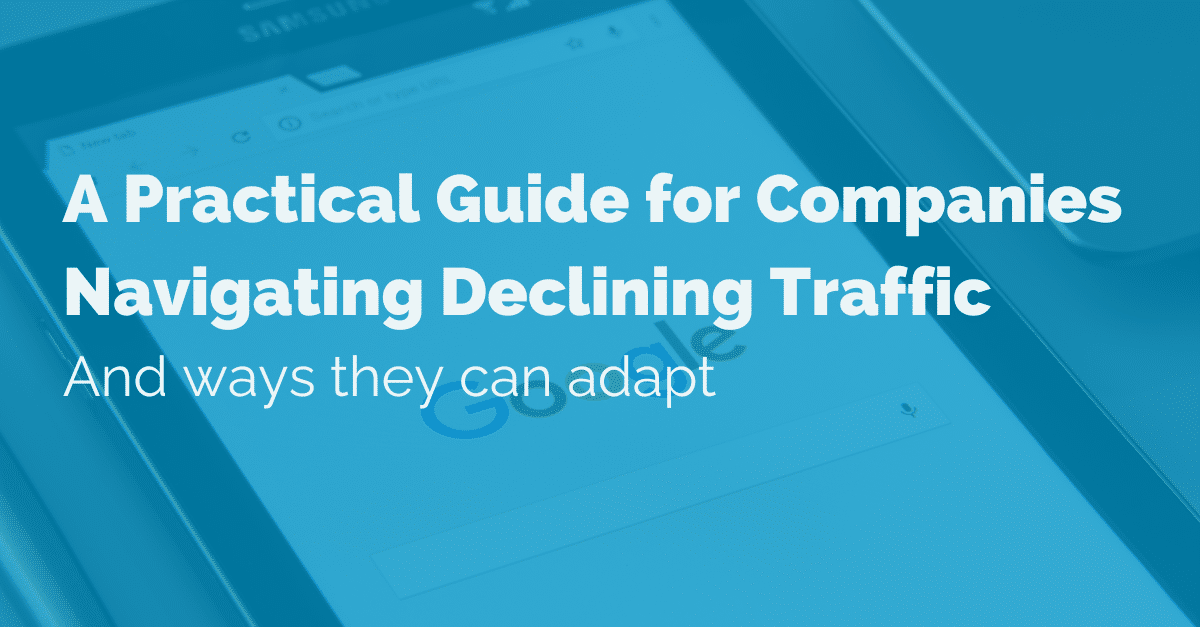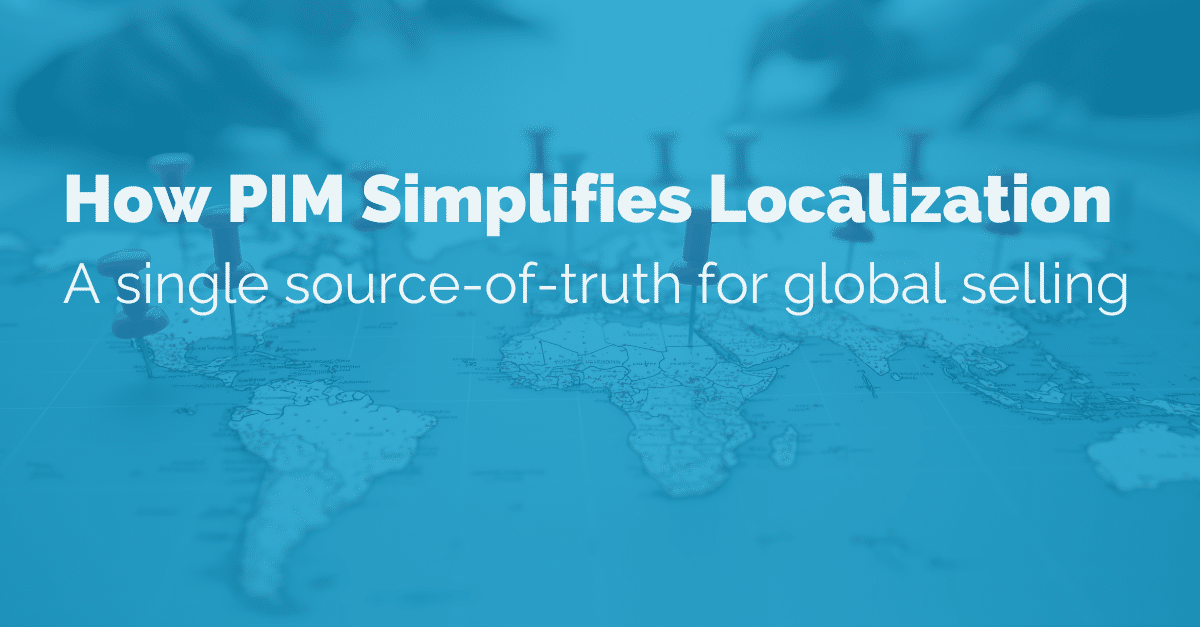Key Takeaways
-
Generative AI in eCommerce automates product content creation, improves personalization, and streamlines data workflows.
-
Retailers and manufacturers benefit from better customer experiences and reduced operational costs.
-
When integrated with a PIM system, generative AI becomes more accurate, scalable, and impactful.
What Is Generative AI in eCommerce?
Generative AI refers to algorithms that create new content—text, images, video, or even code—based on existing data. In eCommerce, this means AI can generate product descriptions, digital assets, and marketing copy, or enhance product data by filling gaps and ensuring consistency. Unlike traditional AI, which mostly analyzes data, generative AI creates new material that looks and feels human-made.

For example, a generative AI system can:
-
Draft SEO-ready product descriptions.
-
Translate listings for global markets.
-
Generate product images in different contexts.
-
Personalize recommendations based on browsing behavior.
Use Cases
Generative AI in eCommerce has quickly expanded into multiple high-value use cases:
-
Automated Product Copywriting – AI creates compelling descriptions that highlight features and benefits while optimizing for search engines.
-
Image Recognition and Attribute Generation – AI tools analyze photos and automatically tag attributes like color, material, or size.
-
Personalized Marketing Campaigns – Dynamic product recommendations, personalized landing pages, and AI-powered emails improve engagement.
-
Customer Support Content – AI can auto-generate FAQs or chatbot scripts to answer common queries.
According to Gartner, by 2026 over 80% of customer interactions in digital commerce will be AI-driven, highlighting just how transformative these technologies are becoming.
Why Generative AI Matters for eCommerce Businesses
Challenge #1: Managing Massive Volumes of Product Data
Retailers, distributors, and manufacturers often juggle thousands—or even millions—of SKUs. Each SKU needs descriptions, images, translations, compliance information, and channel-specific formatting. Without automation, this is slow, costly, and error-prone.
Solution via Generative AI
Generative AI addresses this by automating repetitive content creation. Instead of manually writing product copy, teams can use AI to generate descriptions in seconds, freeing staff for higher-value creative and strategic work. AI also ensures consistency across channels, reducing the risk of inaccurate or incomplete product information.
Challenge #2: Personalization at Scale
Shoppers expect experiences tailored to their interests. Yet building personalized journeys requires analyzing massive datasets in real time—a nearly impossible task without AI.
Solution via Generative AI
Generative AI in eCommerce powers hyper-personalization by creating tailored recommendations, offers, and even landing page copy. This enhances customer satisfaction and increases average order value (AOV). For instance, an AI system can identify when a customer is likely to repurchase consumable items and generate automated reminders or promotions.
Challenge #3: Reducing Returns

High return rates plague eCommerce, particularly in fashion and consumer electronics. Often, returns result from incomplete or inaccurate product data—like unclear sizing details or missing technical specs.
Solution via Generative AI
AI can analyze historical return data to identify which attributes most often cause issues, then enhance product descriptions and imagery accordingly. This directly supports retailers in reducing returns while boosting customer trust.
Key Feature #1: Automated Multilingual Content
Expanding into new markets requires accurate translations of product listings, marketing campaigns, and compliance documentation. Manual translation is expensive and time-consuming. Generative AI can instantly produce translations while respecting cultural nuances, accelerating global expansion.
Use Case Example
A U.S.-based retailer launching in France can use AI to translate 20,000 product descriptions overnight. Beyond translation, AI adapts phrasing to align with local search trends, improving visibility on platforms like Google.fr or Amazon France.
Key Feature #2: Image Generation and Enhancement
Consumers make purchase decisions based on visuals. Generative AI creates alternate product images, lifestyle shots, or color variations without the cost of additional photoshoots.
Use Case Example
An apparel brand selling jackets can use AI to produce lifestyle photos of the same item in different outdoor settings—mountains, urban streets, or beaches—without reshooting the product. This improves conversions by showing customers diverse use cases.
Key Feature #3: Enhanced Product Data Accuracy
AI can detect missing or inconsistent attributes in product data and auto-populate them, improving catalog quality. Accurate data drives better search results, smoother marketplace listings, and fewer customer complaints.
Use Case Example
A distributor with thousands of SKUs integrates AI with their catalog. AI identifies 12% of products missing material details and fills in the gaps, ensuring buyers get complete specifications before purchase.
Generative AI in eCommerce and PIM

While generative AI can create powerful results, it works best when combined with structured data management systems like a Product Information Management (PIM) platform.
-
A PIM centralizes product data, ensuring consistency across all channels
-
Generative AI pulls from the PIM to generate accurate, enriched content.
-
Together, they enable scalable automation without sacrificing accuracy.
For example, integrating AI into a PIM system allows retailers to:
-
Auto-generate enriched product descriptions directly from structured attributes.
-
Syndicate AI-generated content across marketplaces, websites, and catalogs.
-
Use AI to identify gaps in data within the PIM and fill them automatically.
FAQs
Q: How does generative AI differ from traditional AI in eCommerce?
A: Traditional AI mostly analyzes existing data, such as predicting customer churn. Generative AI goes further by creating new content—product descriptions, imagery, or campaigns—that looks human-made.
Q: Will generative AI replace human creativity in eCommerce?
A: No. Instead, it augments creativity. Teams can use AI to automate repetitive tasks while focusing their expertise on strategy, brand storytelling, and innovation.
Q: Is generative AI accurate enough for product data management?
A: When paired with a PIM system, generative AI achieves high accuracy. PIM ensures AI has structured, validated data to work from, reducing the chance of errors.
Takeaways for eCommerce Managers Exploring Generative AI

To summarize, generative AI in eCommerce is far more than a buzzword. It’s a practical, revenue-driving tool that helps businesses:
-
Scale product content creation.
-
Personalize customer journeys.
-
Improve product data accuracy.
-
Reduce returns and operational costs.
For retailers, manufacturers, and distributors, the next step is to evaluate how AI can integrate into existing workflows—particularly PIM systems. Companies that adopt generative AI now will be better positioned to meet customer expectations, accelerate time-to-market, and compete in an increasingly AI-driven marketplace.

















